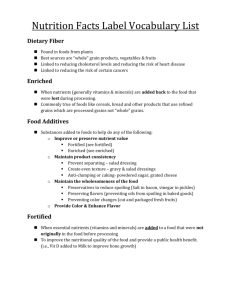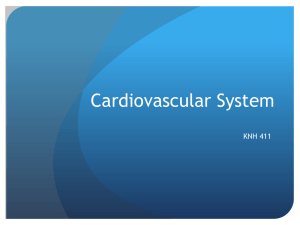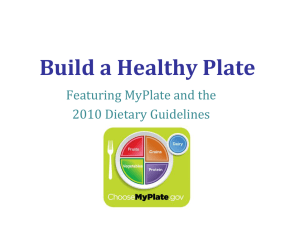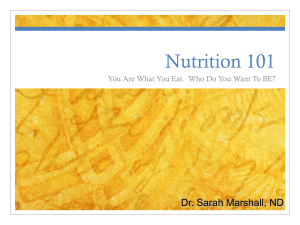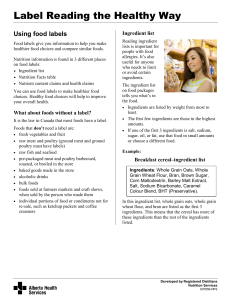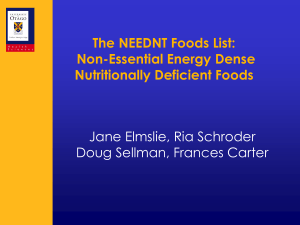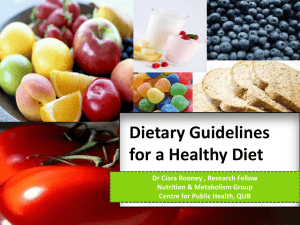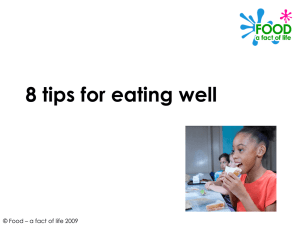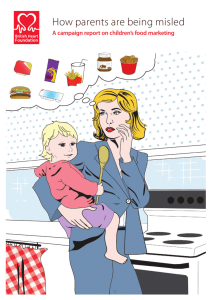Reading a food label - peakperformancebubble
advertisement
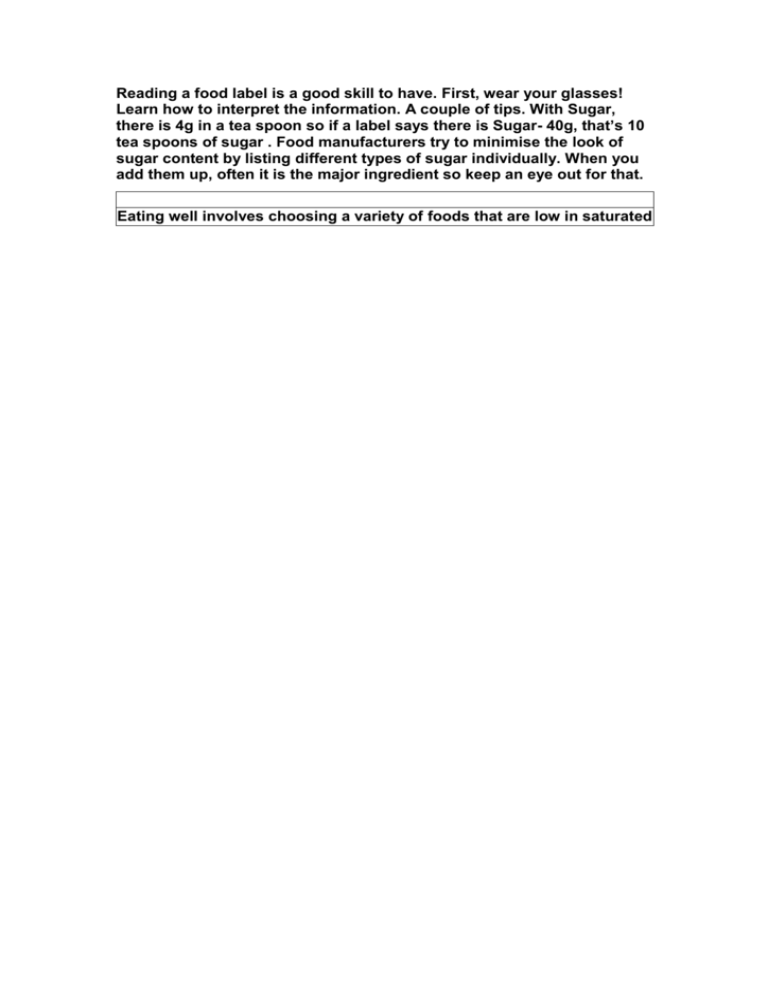
Reading a food label is a good skill to have. First, wear your glasses! Learn how to interpret the information. A couple of tips. With Sugar, there is 4g in a tea spoon so if a label says there is Sugar- 40g, that’s 10 tea spoons of sugar . Food manufacturers try to minimise the look of sugar content by listing different types of sugar individually. When you add them up, often it is the major ingredient so keep an eye out for that. Eating well involves choosing a variety of foods that are low in saturated fat and salt, plus foods which are high in fibre such as wholegrain bread and cereals, legumes, fruits and vegetables. There are many foods that fit this description, but finding them on the supermarket shelves can often be difficult. However, there is a way. Learn how to read food labels! The labels on all packaged foods must contain the following information. By reading these labels, you will be able to judge where the food fits into your eating pattern: • Name of the food • Name and business address of the manufacturer or importer • Name of the country the food came from • A list of ingredients • The percentage of the key or ‘characterising’ ingredient of the food • Warnings about the presence of major allergens, no matter how small the amount • Nutrition Information Panel • A ‘use-by’ date (ie: if a food must be consumed before a certain date for health and safety reasons) or ‘best before’ date (ie: if the shelf life is less than two years). The Ingredient List All packaged foods must have an ingredient list on their labels. All ingredients are listed in descending order by weight (ie: the ingredient that weighs the most is listed first and the ingredient that weighs the least is listed last). This allows you to work out roughly how much of the ingredient the food contains, which can help you decide whether or not you want to buy the food. Percentage labelling Some packaged foods show the percentage of the key ingredients or components in the food product. For example in strawberry yoghurt, strawberries are a key ingredient, so the percentage of strawberries is indicated. In some cases, such as plain milk or bread, there are no key or ‘characterising’ ingredients. 009 (reprinted 2010, 2011) A diabetes information series from Diabetes State/Territory Organisations – Copyright© 2011 Reading food labels Percentage (%) daily intake Some manufacturers may choose to include information about the contribution of a serving of their product to your total daily nutrient intake (eg: 1 slice provides 12% of your daily fibre needs). This is known as ‘% daily intake’. Use this as a guide only as your daily intake may be higher or lower depending on your energy needs. Nutrition claims To attract the shopper’s attention, food manufacturers may make a nutrition claim on their packaging such as ‘low fat’, ‘high fibre’ or ‘reduced salt’. Rather than relying on these claims to make a choice, refer to the Nutrition Information Panel to assess whether the product is a healthy option. The Nutrition Information Panel Most packaged foods must have a Nutrition Information Panel. Exceptions include small packages and foods like herbs and spices, tea, coffee as well as foods sold unpackaged or made and packaged at the point of sale. Nutrition Information Panels provide information on: Energy (kilojoules/calories) Protein Total fat and saturated fat Total carbohydrate and sugars (including ‘added sugar’ and sugar that is present naturally) Sodium Dietary fibre (only appears if a claim is made about the fibre or sugar content of the food, eg: ‘high fibre’ or ‘low sugar’). The Nutrition Information Panel provides very useful information that can be used to decide whether a food is suitable for someone with diabetes and for choosing the better option from a range of similar products. See page 3 for a sample Nutrition Information Panel plus an explanation about how it can help you to make better choices. he Nutrition Information Panel Serving size NUTRITION INFORMATION Per 100g SERVINGS PER PACKAGE: 3 SERVING SIZE: 150g Qty per Serving Energy 608 kJ Protein 4.2g This is the average serving 100g is a useful Qty per 100g size of the product as standard to compare 405kJ 2.8g 4.9g 3.0g determined by the products 12.4g 12.4g 60mg manufacturer. However, this eg: which is lower in Fat, total may not be the same as the fat? Use this – saturated Carbohydrate serving you have. Use this as information when – total a guide only. choosing products. – sugars Sodium 90mg 7.4g 4.5g 18.6g 18.6g Fat Carbohydrate Sodium (salt) Total: This is the total Total: This includes both sugars and amount of fat in the product. starches in food. If you are counting It includes the amount of fat carbohydrates you can use this figure to from the four main types of work out how much carbohydrate is in the fat: saturated, trans, food. Compare your serving size to the Compare similar polyunsaturated and average serving size suggested by the products and choose monounsaturated. manufacturer. Use the total carbohydrate the one with the figure in the ‘per serving’ column to lower sodium Fat is very high in energy (kilojoules/ calories) therefore determine how much carbohydrate you content per 100g. It choosing the product lower in are eating. is important to total fat is important for those Sugars: This tells you how much of the reduce sodium wanting to lose weight. total carbohydrate is sugar. This includes intake for heart health. Saturated: Use the figure ‘added sugar’ as well as naturally per 100g, compare similar occurring sugars from fruit (fructose) and products and pick the one milk (lactose) if they are ingredients in the with less saturated fat. It is food. Remember it is total carbohydrate that affects blood glucose levels, not just important to limit saturated fat intake for heart health. sugar. The amount of sugar in a food is not a very useful guide to decide whether it is a healthy food. How to find healthy foods when shopping Most of us make up our mind about which foods we are going to buy when we’re in the supermarket. To decide if a food is a healthy choice, ask: • Is the food lower in fat, especially saturated fat? • Is the food lower in salt (sodium)? • Is the food high in fibre? Tip: Healthier options have less than 5g total fat per 100g or 5–10g total fat per 100g if saturated fat is less than 1⁄2 total fat. Tip: Healthier options have less than 450mg sodium per 100g. Low sodium foods have less than 120mg sodium per 100g. Tip: Healthier options have more than 3g dietary fibre per 100g. Remember that many foods do not have dietary fibre listed in the Nutrition Information Panel.

